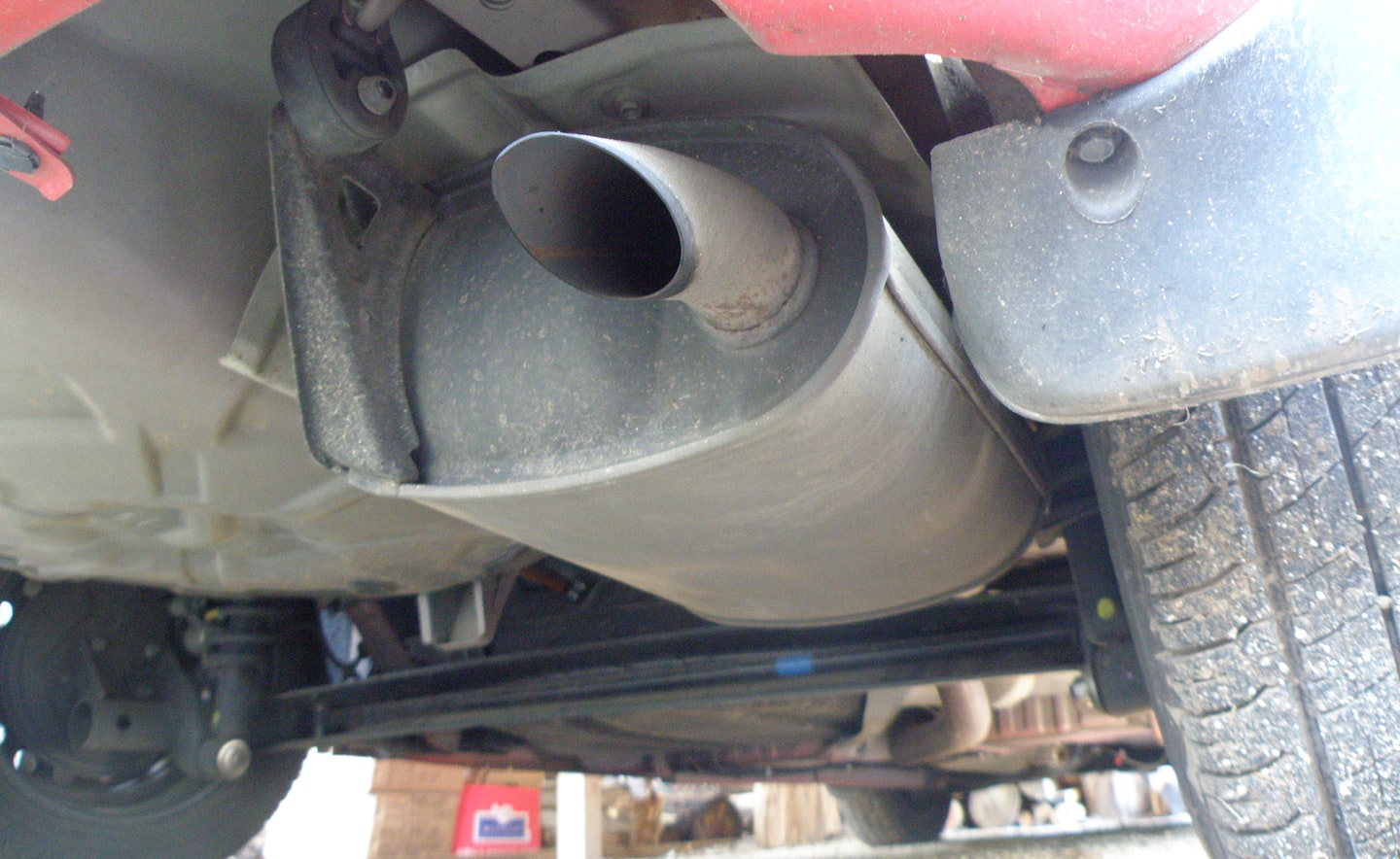Intake manifolds are often a hot rodder's upgrade part but are otherwise mostly ignored. Every minivan on the road has an intake manifold feeding an air and fuel mixture to the cylinder heads, so they don't have the sexy and complex reputation of a turbocharger. Still, throughout the history of internal combustion, there have been several intake manifolds that left us scratching our heads. Here are a few of the weirdest.
If You Can't Dodge It, Ram It
This one causes a puppy-head-tilt reaction in everyone who sees it for the first time. The Chrysler B-block was a standard and unexciting people-moving engine by 1960 until it was topped by the unique cross-ram manifold. The dual four-barrel carbs sit way out over the exhaust manifolds and run the air charge through a gigantic, 30-inch runner to the opposite side intake port. Yup, the driver's side feeds the passenger side cylinders, and vice versa. Chrysler rated the 361 cross ram at 310 horsepower, which wasn't bad considering the muscle-car wars hadn't really started yet. While it wasn't a drag strip warrior due to losing power in higher RPMs, the cross-ram-equipped car had an impressive 435 lb-ft of torque down low, thanks to the extremely long runners.
Defying Gravity
What do you do when the traditional intake manifold world gets boring? Turn it upside down — or in this case, sideways. Sidedraft carbs were needed due to packaging constraints on cars with average-size engines in a small engine bay, like the Jaguar XK120 and Datsun 240Z. While North America was familiar with a standard Holley sitting directly on the manifold, the sidedraft style meant the Weber or SU carbs were mounted 90 degrees sideways, feeding a vertically mounted intake manifold. It's easy to assume that gravity pulls fuel from the carb bowl into the manifold, which means sidedrafts shouldn't work. Fortunately, the Venturi effect, which draws the air and gas mixture into the engine, is far more influential than gravity, meaning the intake manifold works just the same as if it were installed on top of the engine. If you want really weird-looking, there's aftermarket kits to put sidedrafts on a rotary.
Truck Engine in a Sports Car
Remember the '80s? No? Well, lucky you. The rest of us suffered for a bit while the manufacturers tried to figure out how to balance horsepower with emissions. GM's solution was electronic-fuel injection with the tuned port intake (TPI) manifold. The distinctive long curved runners connecting the plenum to the lower manifold are a source of the engine's torque, with a tuned length that takes advantage of pulses in the air charge at low and mid RPM. Right as the pulse of air is about to slam into the closed intake valve, it opens, sending a blast of slightly compressed air into the chamber. While only generating 245 horsepower, the TPI could make an impressive-for-the-time, 345 lb-ft of torque. If that isn't oddball enough for you, the '85 to '88 V8s had nine fuel injectors.
Looks Like a Bad Day at the Factory
A transverse (sideways) mounted intake manifold make sense on a transverse mounted engine, like the modern Toyota Corolla. The cylinders are in a line between the wheel wells, and the intake manifold lines up with the cylinders left to right. Things get quite a bit more confusing when looking at the engine bay of the Infiniti Q45. The Nissan VH series engines were longitudinal (front to back) V8s driving the rear wheels but topped by a spider-like intake manifold sitting sideways as if it were front wheel drive. The reasoning behind the strange layout is unclear, but it was probably for packaging or emissions. This reminds us that the orientation of the intake manifold does not always determine the drive wheels. For further proof, look to the '90s Acura Legend. While the engine drives the front wheels, the longitudinally mounted manifold suggests the rear wheels are driven. Oddly, this layout in a modern Japanese EFI sedan recalls the classic Oldsmobile Toronado. While these oddities are no longer in production (excluding some as aftermarket upgrades), they solved an engineering dilemma of their times. If you know of any other unusual intake manifolds that should be on this list, make sure to let us know in the comments.








